ハスは、大切な人と現世で死別しても極楽浄土の蓮の花の上で一緒に生まれ変わり(一蓮托生)来世で再会できるという言い伝えがあります。
Lotus has a legend that even if a loved one dies in this life, they will be reborn together on the lotus flower in the paradise, and be reunited in the next life.
【仮名】ハス, ハチス, レンゲ, レンコン
【和名】蓮, 蓮華, 蓮根
【英名】Lotus
【学名】Nelumbo nucifera
【誕生】07/ 03, 07/ 08, 08/ 15, 09/ 26
【開花】07, 08, 09月
【花色】White, Pink, Yellow

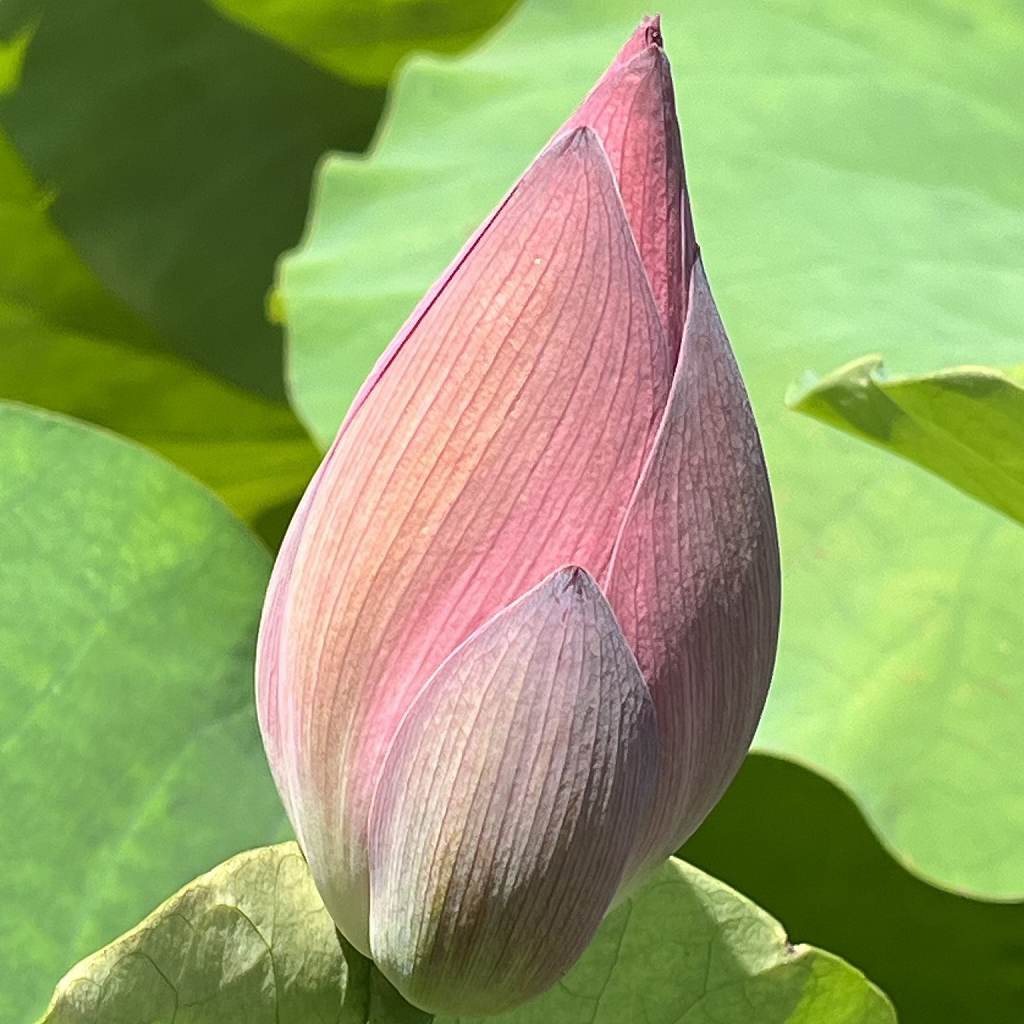
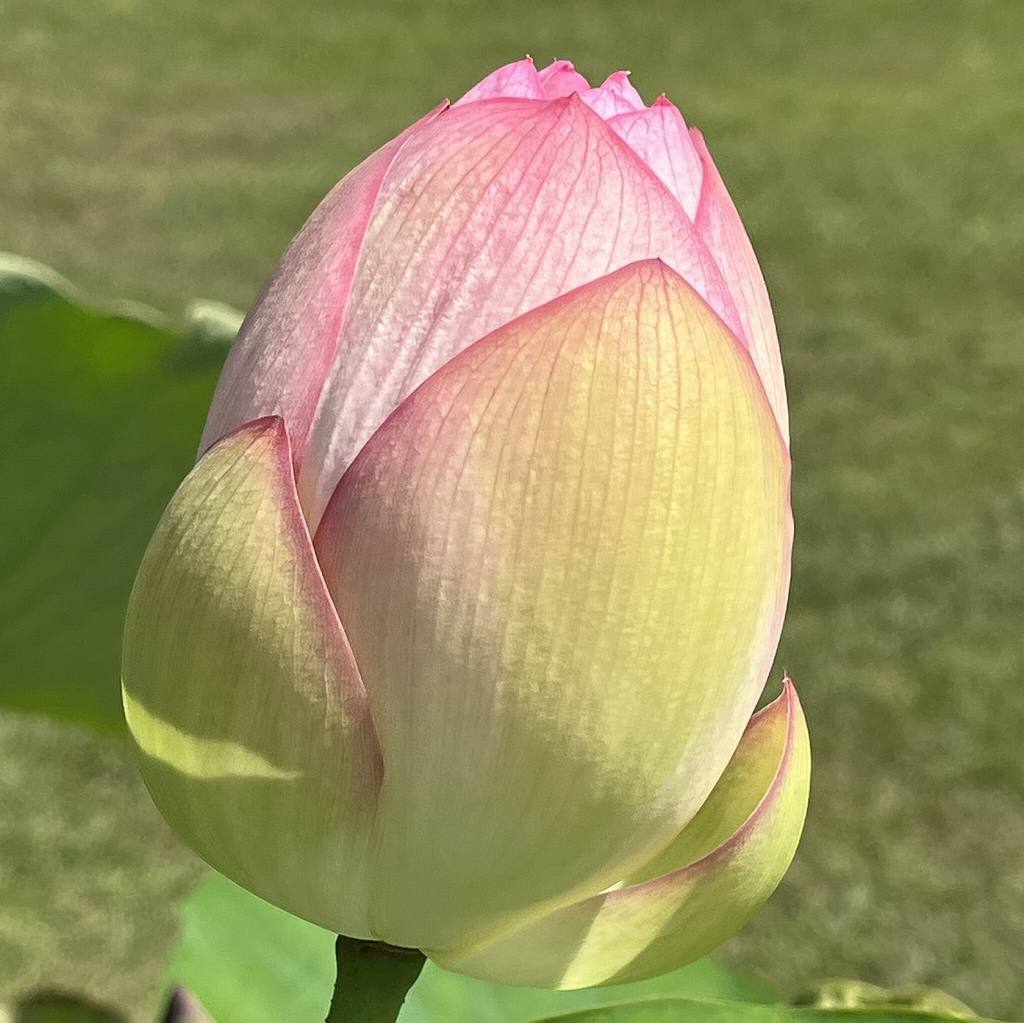
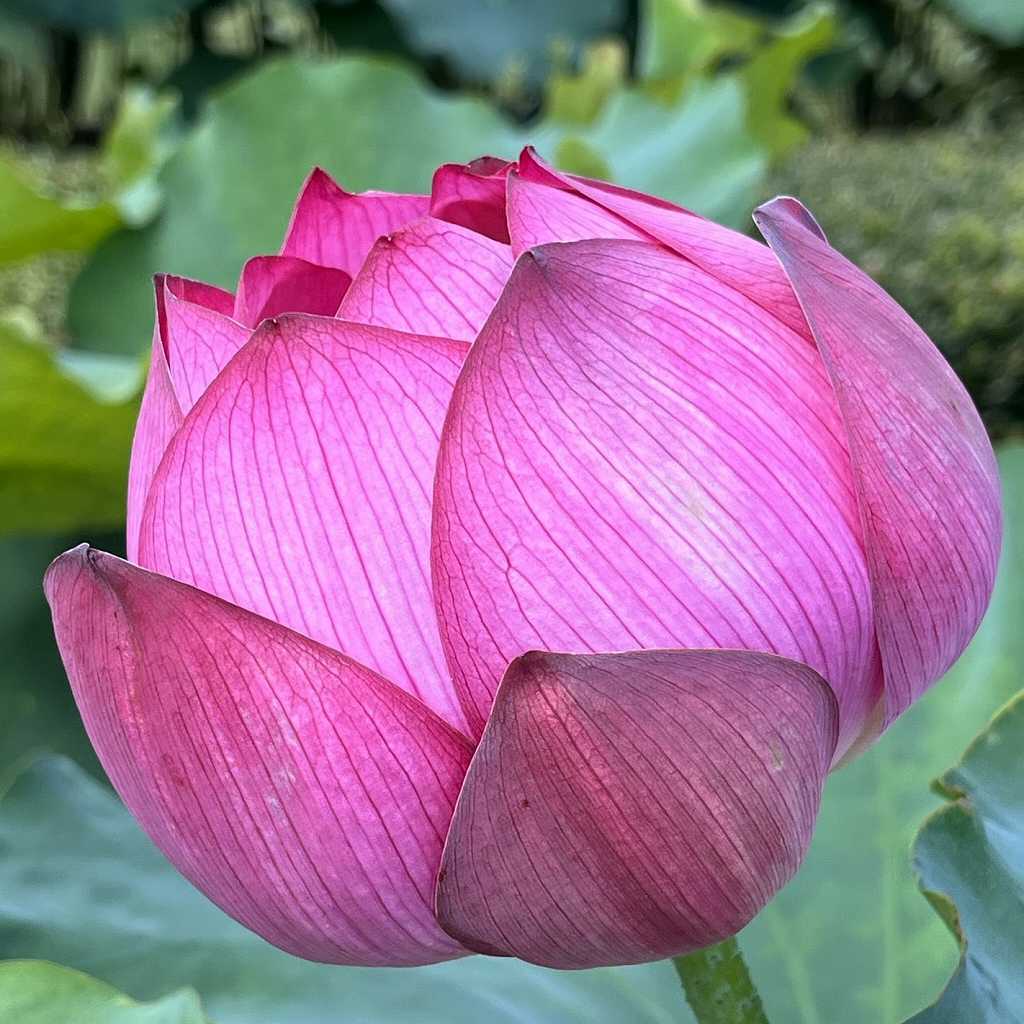

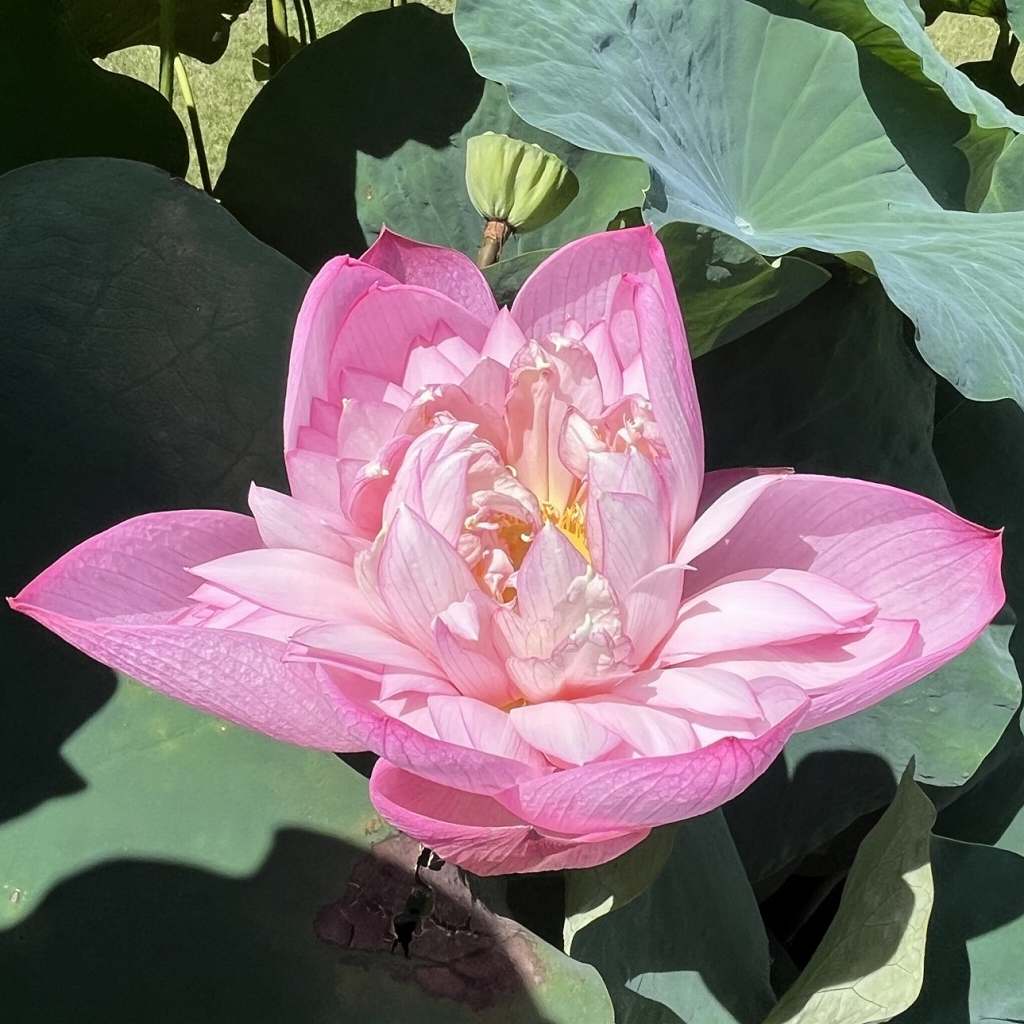
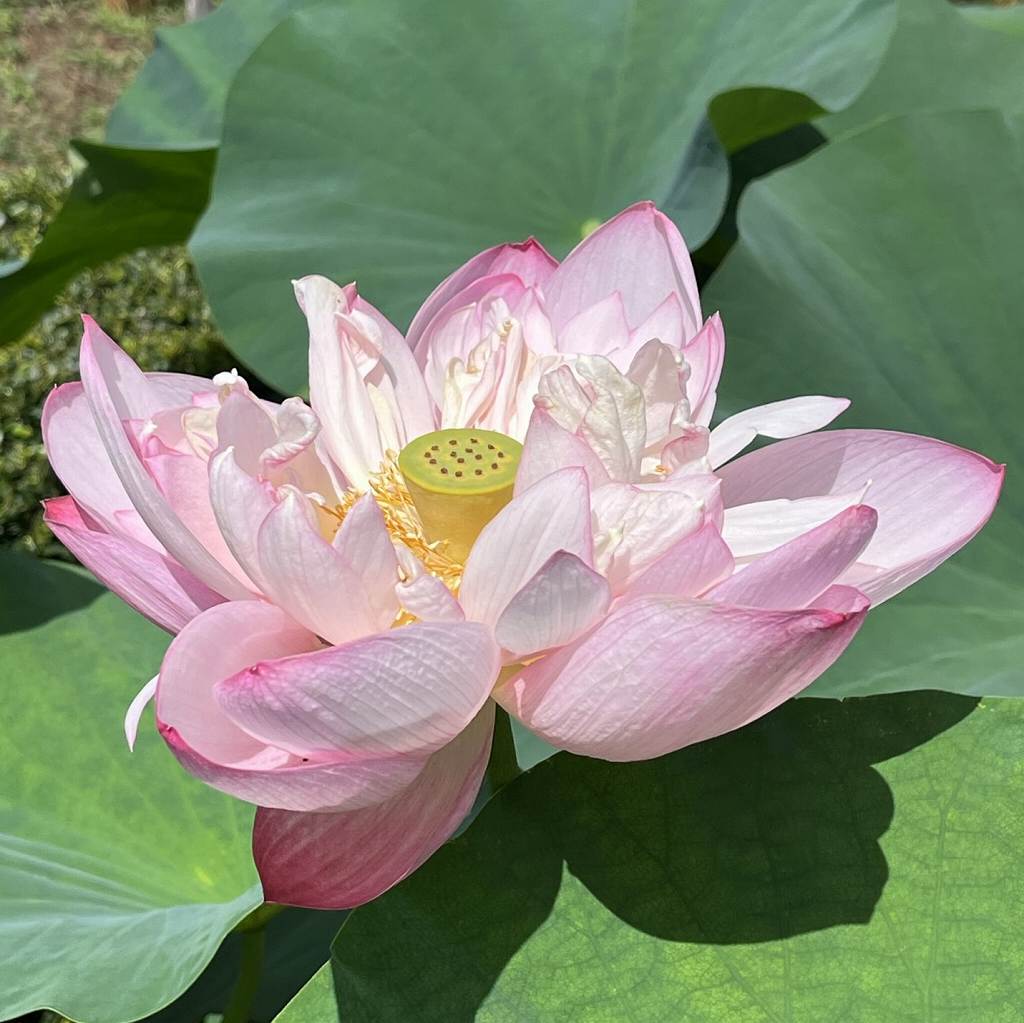
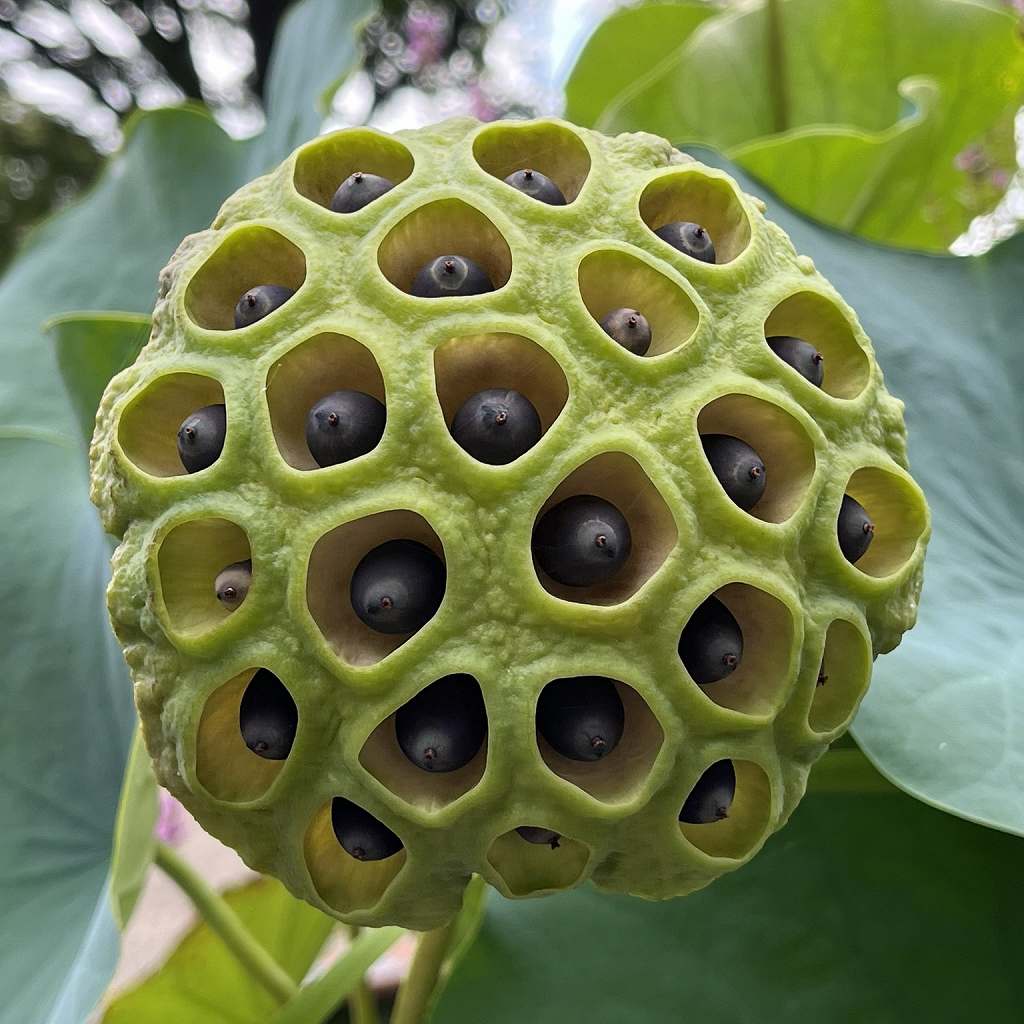

ハス
ハスの概要
ハスはハス科の落葉多年草です。原産地はインドで、世界の熱帯~温帯に広く分布し、湿地で自生するほか、池沼で観賞用に、水田で食用に栽培。大切な人と現世で死別しても、極楽浄土の蓮の花の上で一緒に生まれ変わり(一蓮托生)、来世で再会できるという言い伝えがあります。
ハスの名前
ハスの名前の由来は「蜂巣」の転訛。花後の花托に多くの穴が空き、蜂の巣に似ているからです。漢名「蓮」の由来は塊茎が連なるからで、「蓮根」が食用に、「蓮華」が鑑賞用に。ラテン語の属名ネルンボはシンハラ語で「蓮」、種小名ヌキフェラは「堅果を結ぶ」という意味です。
ハスの姿形
ハスは節のある塊茎が内部の通気孔で呼吸しながら泥の中を這い伸びます。葉は円形で柄が長く、根生。表面が水を弾きます。花は単生で柄が長く、花弁も雄しべもたくさん。朝開いて昼に閉じ、それを3~4日繰り返してから散ります。花後は花托が肥大して硬くなり、蜂の巣状に。
ハスの利用
ハスの根は塊茎が心地よい歯触りで天ぷら、きんぴら、煮物などで食べられるほか、節が生薬「藕節」として止血などに用いられます。堅果は甘味と苦味があり、生食のほか、茹でて粥の具にしたり、餡に加工。生薬「蓮子」「蓮肉」として健胃、鎮静、滋養強壮などに用いられます。
ハスの逸話
ハスは仏教で神聖な花です。汚泥で育ちながら綺麗な花が咲き、たくさんの実を着けることから、穢れた人道から聖なる天道への「輪廻転生」を象徴。生まれたばかりの釈迦は7歩あゆんで蓮華の上に立ち、右手で天を、左手で地を指し示しながら「天上天下唯我独尊」と唱えました。
Lotus
Overview of Lotus
Lotus is a deciduous perennial plant of the Nelumbonaceae family. It is native to India and is widely distributed in tropical to temperate regions of the world, growing wild in wetlands, being cultivated in ponds for ornamental purposes and in paddy fields for food. There is a legend that even if a loved one dies in this life, they will be reborn together on the lotus flower in the paradise, and be reunited in the next life.
Name of Lotus
The Japanese name of Lotus means “bee hive”. This is because there are many holes in the flower receptacle after flowering, resembling a beehive. The Chinese name means “to be connected”, because the tubers are in a row. The roots of Lotus are edible and the flowers are ornamental. The Latin genus name Nelumbo means “Lotus” in Sinhala, and the species epithet Nucifera means “nut-bearing”.
Shape of Lotus
Lotus grows through mud with its gnarled tubers breathing through internal vents. The leaves are round, long-stalked, basal, and have water-repellent surfaces. The flowers are solitary, long-stalked, and have many petals and stamens. The flowers open in the morning and close in the afternoon, repeating this process for 3 to 4 days before falling. After flowering, the flower receptacles enlarge and become hard, forming a honeycomb shape.
Use of Lotus
The roots of Lotus have a pleasant texture and can be eaten in tempura, kinpira, boiled dishes, etc., and the root knots are used as herbal medicine to stop bleeding. The nuts have a sweet and bitter taste, and in addition to being eaten raw, they can be boiled and used as an ingredient in porridge, or processed into bean paste. It is made into a herbal medicine and is used for stomach health, sedation, and tonicity.
Anecdote of Lotus
Lotus is a sacred flower in Buddhism. While growing in sludge, it blooms into beautiful flowers and bears many fruits, symbolizing the “reincarnation” from the impure humanity to the holy heavenly path. The newborn Buddha took seven steps and stood on a Lotus flower, pointing to the heavens with his right hand and the earth with his left hand, chanting, “Center of the universe”.


